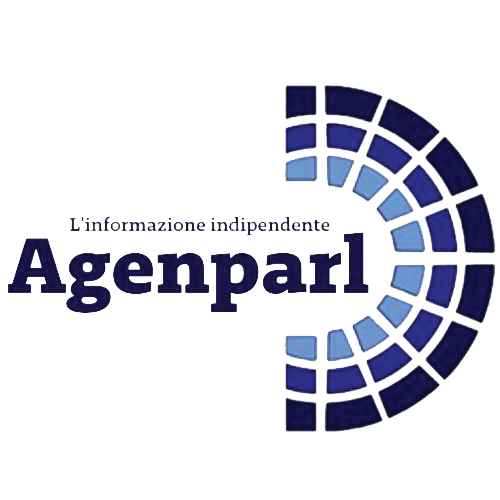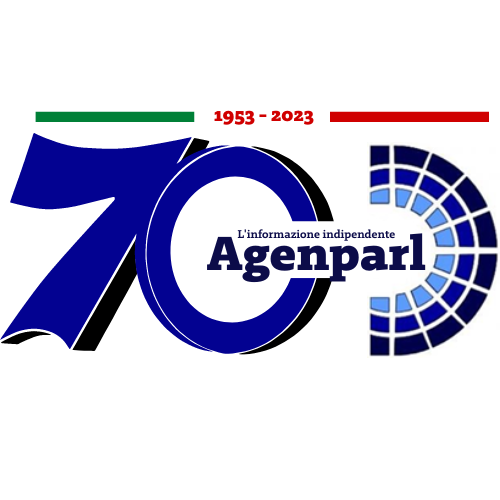 (AGENPARL) - Roma, 9 Novembre 2022
(AGENPARL) - Roma, 9 Novembre 2022(AGENPARL) – mer 09 novembre 2022 WHO Media
No images? [Click here](https://worldhealthorganization.cmail20.com/t/d-e-zedtn-iitylyihjr-d/)
Wednesday, 9 November 2022
[WHO releases first data on global vaccine market since COVID-19](https://worldhealthorganization.cmail20.com/t/d-l-zedtn-iitylyihjr-r/)
– This is the first report to capture the implications of COVID-19 for vaccine markets.
– Despite progress in recent decades, global market vaccine dynamics are not fully conducive to the development, supply and access for vital vaccines for public health.
– Vaccines prioritized by WHO are not being developed or fully invested in due to limited profit potential.
– Lower-income countries have struggled to access critical vaccines – such as against COVID-19 in 2021 and cervical cancer vaccine – that are in-demand by wealthier countries.
– Some regions depend almost entirely on others for vaccine supply.
– WHO calls on governments, manufacturers and partners to take ambitious action to guarantee equitable access to vaccines and improve responses to future pandemics.
WHO’s [Global Vaccine Market Report 2022](https://worldhealthorganization.cmail20.com/t/d-l-zedtn-iitylyihjr-y/), published today, shows that inequitable distribution is not unique to COVID-19 vaccines, with poorer countries consistently struggling to access vaccines that are in-demand by wealthier countries.
Limited vaccine supply and unequal distribution drive global disparities. The human papillomavirus (HPV) vaccine against cervical cancer has only been introduced in 41% of low-income countries, even though they represent much of the disease burden, compared to 83% of high-income countries.
Affordability is also an obstacle to vaccine access. While prices tend to be tiered by income, price disparities see middle-income countries paying as much – or even more – than wealthier ones for several vaccine products.
“The right to health includes the right to vaccines,” said Dr Tedros Adhanom Ghebreyesus, WHO Director-General. “And yet this new report shows that free-market dynamics are depriving some of the world’s poorest and most vulnerable people of that right. WHO is calling for much-needed changes to the global vaccine market to save lives, prevent disease and prepare for future crises.”
Approximately 16 billion vaccine doses, worth US$ 141 billion, were supplied in 2021, almost three times the 2019 market volume (5.8 billion) and nearly three-and-a-half times the 2019 market value (US$ 38 billion). The increase was primarily driven by COVID-19 vaccines, showing the incredible potential of how vaccine manufacturing can be scaled up in response to health needs.
Although manufacturing capacity worldwide has increased, it remains highly concentrated. Ten manufacturers alone provide 70% of vaccine doses (excluding COVID-19). Several of the top 20 most widely used vaccines (such as PCV, HPV, measles and rubella containing vaccines) each currently rely mainly on two suppliers.
This concentrated manufacturing base leads to risk of shortages as well as regional supply insecurity. In 2021, the African and Eastern Mediterranean regions were dependent on manufacturers headquartered elsewhere for 90% of their procured vaccines. Entrenched intellectual property monopolies and limited technology transfer further limit the ability of building and using local manufacturing capacity.
The health of markets is also concerning for several of the vaccines commonly needed for emergencies, such as against cholera, typhoid, smallpox/monkeypox, Ebola, meningococcal disease, where demand surges with outbreaks and is hence less predictable. The continued limited investment in these vaccines could be devastating for people’s lives.
